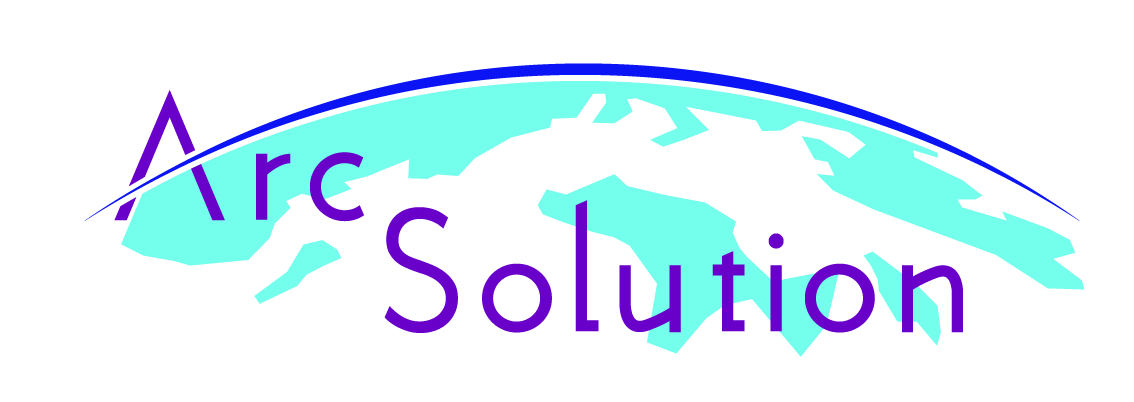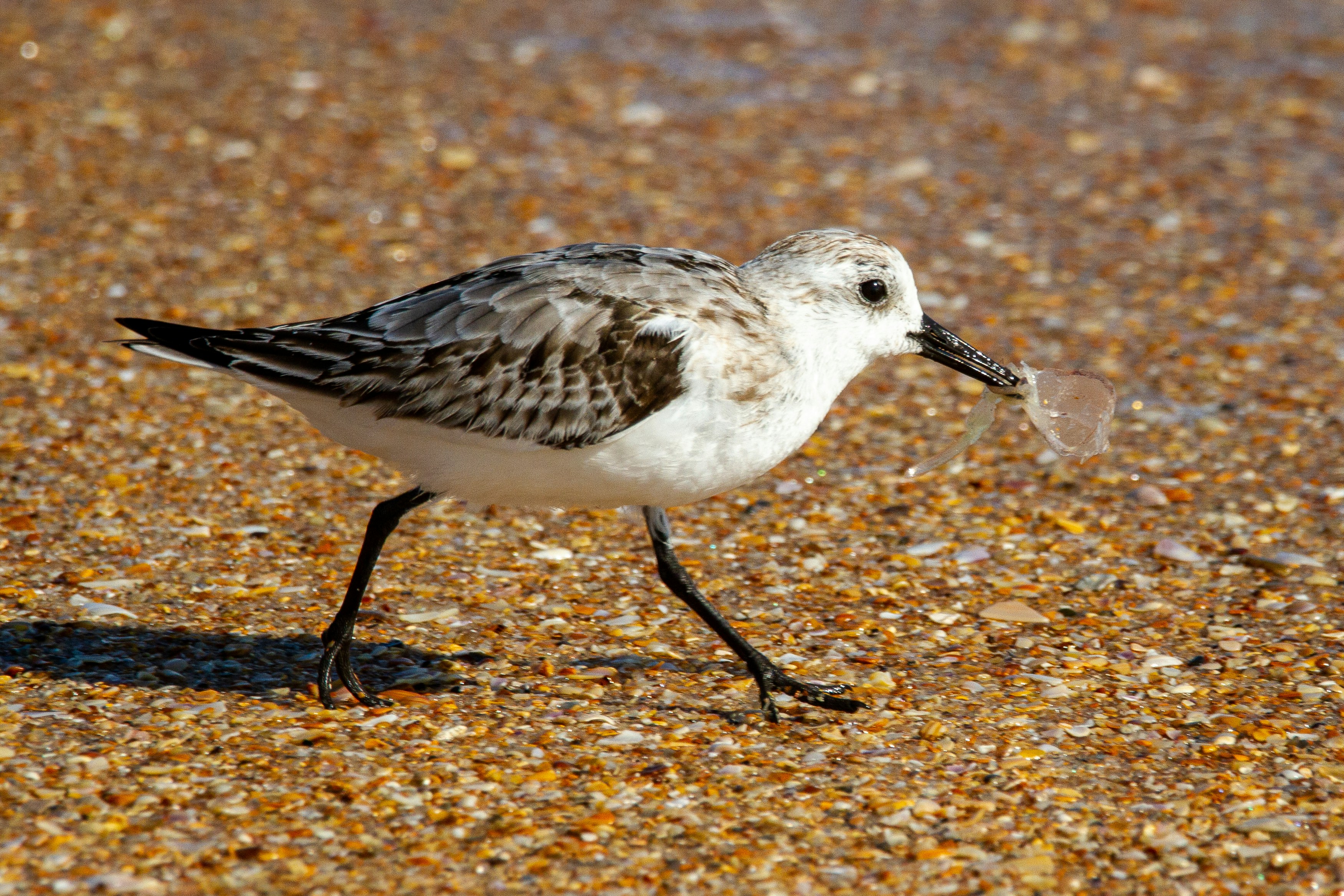Plastic pollution is a growing threat to wildlife across the Arctic. From entanglement in lost fishing gear to ingestion of plastic debris, animals across both land and sea are increasingly affected by human waste. To better understand and document these interactions, ArcSolution has launched a new citizen science initiative inviting the public to contribute observations using the iNaturalist platform.
The initiative was introduced during a recent presentation by Dr. Jakob Strand of Aarhus University’s Department of Ecoscience. The goal is to collect structured and verifiable data on how Arctic and Subarctic wildlife are interacting with plastic pollution — both harmful and non-harmful.
“There are still major knowledge gaps when it comes to how plastic affects wildlife in the Arctic,” Strand explained. “Most existing data is limited, regionally fragmented, and based on incidental observations. By encouraging the use of a database open to both experts and citizens, we aim to close that gap.”
What to Observe
Participants are encouraged to upload observations of:
- Animals entangled in e.g. fishing lines, nets, or plastic packaging
- Evidence of ingested plastic, found in stomach contents, droppings, or regurgitates
- Birds using plastic as nesting material
- Biofouling on plastic debris in marine environments
- Other direct interactions with plastic litter (excluding animals caught in active gear or fencing)
The focus is on all types of wildlife—including birds, mammals, fish and invertebrates — across the Pan-Arctic and Subarctic, including Greenland, Canada, Alaska, and Northern Europe.
Where to Upload
The project is hosted on the iNaturalist platform under the title:
🔗 Plastics & Wildlife in the Arctic, SubArctic and Northern Europe
Whether you’re a local resident, hunter, fisher, scientist, or nature enthusiast, your contributions are welcome. Observations can easily be added directly through the iNaturalist mobile app or on the web platform. Photos are encouraged, but not mandatory, and entries can be submitted retroactively if you observed something while offline.
“We welcome everyone to take part — your observation could help researchers understand how plastic pollution affects Arctic ecosystems and inform future environmental protection efforts,” says Strand.
Why It Matters
This activity directly supports two key deliverables within the ArcSolution project, which aims to develop sustainable responses to pollution, climate change, and environmental health risks in the Arctic. It also aligns with recommendations from the Arctic Monitoring and Assessment Programme (AMAP), which has recently identified significant gaps in knowledge regarding the impacts of plastic on Arctic wildlife.
The success of this campaign will rely on broad participation and widespread sharing of the initiative. By transforming local knowledge and everyday encounters into scientific data, the project demonstrates how Arctic communities and stakeholders can participate in developing meaningful, action-oriented research.
How to Get Involved
- Visit: www.inaturalist.org/projects/plastics-wildlife-in-the-arctic-subarctic-and-northern-europe
- Download the iNaturalist app from App Store or Google Play
- Log your observation, add a description, and optionally include photos
- Be sure to select the ArcSolution-affiliated project when submitting

